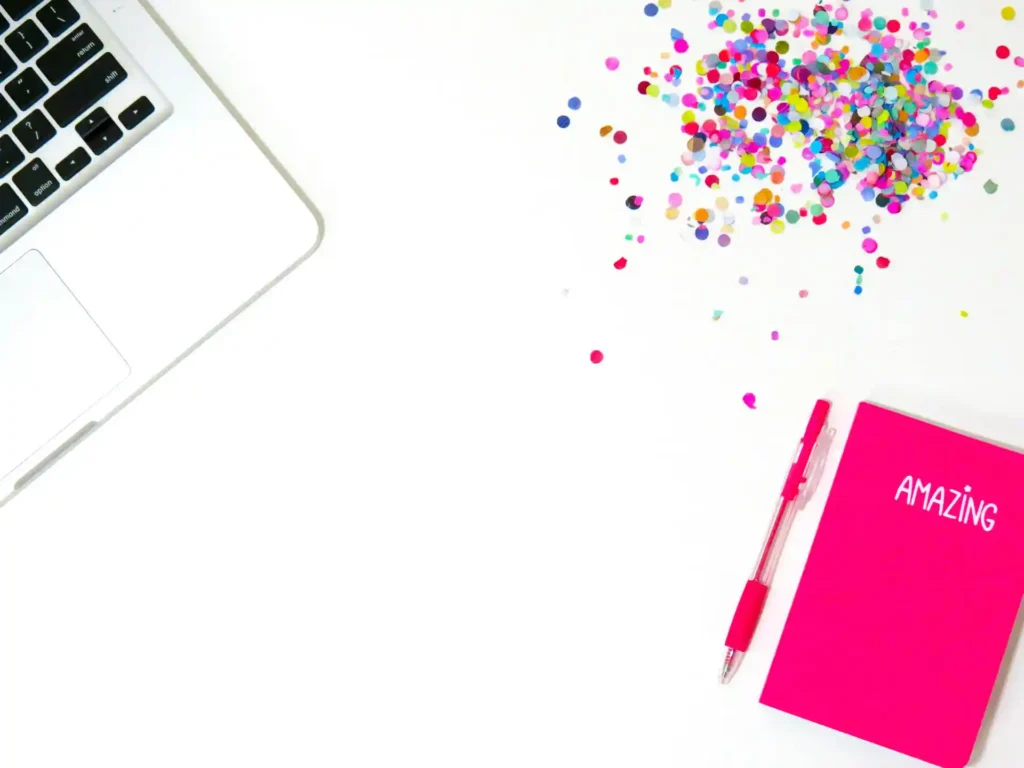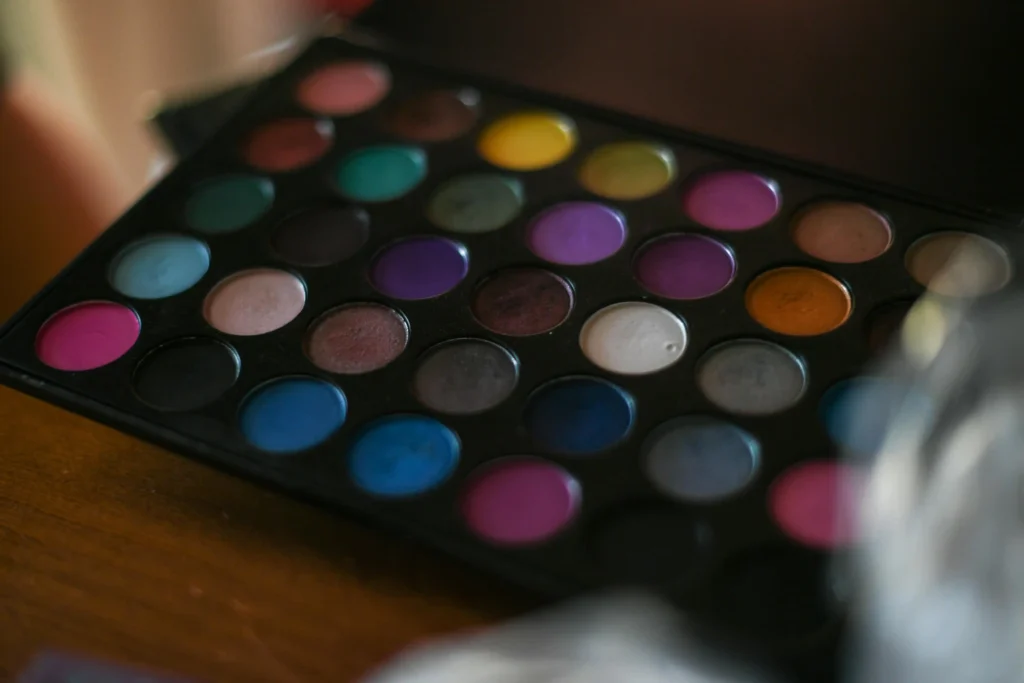The Best Fluffy Pancakes recipe you will fall in love with. Full of tips and tricks to help you make the best pancakes.
In the dynamic world of UI/UX design, the selection of colors goes beyond aesthetics; it delves into the realm of psychology, influencing user behavior and perception. Join us on an insightful journey as we unravel the intricate relationship between color choices and user experience, providing a roadmap for designers to craft visually compelling and emotionally resonant digital interfaces.
Understanding the Significance of Color in UI/UX Design
Before delving into the psychology behind color choices, it’s crucial to grasp the profound impact that colors wield in UI/UX design. From shaping first impressions to guiding user interactions, the selection of colors serves as a powerful tool for designers to convey emotions, establish brand identity, and enhance overall user satisfaction.

The Role of Color Psychology in Design Decision-Making
– Emotional Impact: Colors evoke specific emotions and moods, influencing how users feel about a product or brand.
– Brand Identity: Consistent use of colors helps establish and reinforce a brand’s visual identity.
– User Engagement: Strategic color choices can guide users through a seamless and engaging digital journey.
Understanding the psychology behind colors empowers designers to make informed decisions that resonate with their target audience.
The Power of Primary Colors – Red, Blue, and Yellow
Let’s start our exploration by dissecting the primary colors – red, blue, and yellow. Each color carries unique psychological associations and implications for UI/UX design.
H5: Red – The Dynamic Force of Passion and Urgency
Bold and attention-grabbing, red symbolizes passion, energy, and urgency. In UI/UX design, the strategic use of red can create a sense of immediacy, driving users to take desired actions. However, an overabundance of red may induce anxiety, making balance crucial.
Blue – The Tranquil Sea of Trust and Reliability
Blue exudes calmness, trust, and reliability. Widely used in corporate and tech settings, blue fosters a sense of security and professionalism. Careful application of blue in UI/UX design can instill confidence and encourage prolonged user engagement.
Yellow – The Vibrant Beacon of Positivity and Optimism
Yellow radiates positivity, warmth, and optimism. As a attention-grabbing color, it can be used to highlight key elements and create a friendly, inviting atmosphere. However, excessive use may lead to visual fatigue, necessitating a balanced approach.
Secondary Colors – Green, Orange, and Purple
Moving beyond the primary spectrum, secondary colors – green, orange, and purple – bring versatility and depth to UI/UX design. Let’s delve into the psychological nuances of these colors and how they can be harnessed for effective design.
Green – The Symbol of Harmony and Growth
Green, often associated with nature, symbolizes harmony and growth. In UI/UX design, green can convey a sense of balance and tranquility. Leveraging green strategically can evoke feelings of safety and encourage users to explore further.
Orange – The Energetic Burst of Creativity and Excitement
Orange signifies energy, creativity, and excitement. When used judiciously in UI/UX design, orange can inject vibrancy and enthusiasm into the user experience. However, an overdose may overwhelm, emphasizing the importance of moderation.
Purple – The Regal Hue of Luxury and Sophistication
Symbolizing luxury and sophistication, purple adds a touch of elegance to UI/UX design. Reserved for brands seeking a premium image, purple communicates a sense of exclusivity. Striking the right balance ensures that the regal hue enhances rather than overshadows the design.
Crafting a Harmonious Color Palette for UI/UX Excellence

Bringing together the insights gained from primary and secondary colors, the art of crafting a harmonious color palette is a critical skill for UI/UX designers. Balancing contrasting colors, considering cultural associations, and accounting for accessibility are pivotal factors in achieving a visually appealing and inclusive design.
The Impact of Color on User Perception and Behavior
Beyond aesthetics, color choices exert a profound influence on how users perceive and interact with digital interfaces. This section explores case studies and real-world examples showcasing the transformative impact of strategic color decisions on user perception, engagement, and conversion rates.
Navigating Cultural Influences in Color Selection
Colors carry diverse meanings across cultures, and an understanding of these nuances is indispensable for global UI/UX design. By navigating cultural influences, designers can ensure that color choices resonate positively with users from different backgrounds, fostering inclusivity and enhancing user experience.
Conclusion – Harnessing the Power of Color for Unforgettable UI/UX Design
As we conclude our exploration into the psychology of color in UI/UX design, it becomes evident that colors are more than mere visual elements – they are potent tools that shape perceptions, evoke emotions, and guide user interactions. Armed with the knowledge of color psychology, designers can embark on a journey to create digital experiences that captivate, resonate, and leave a lasting impression on users.




